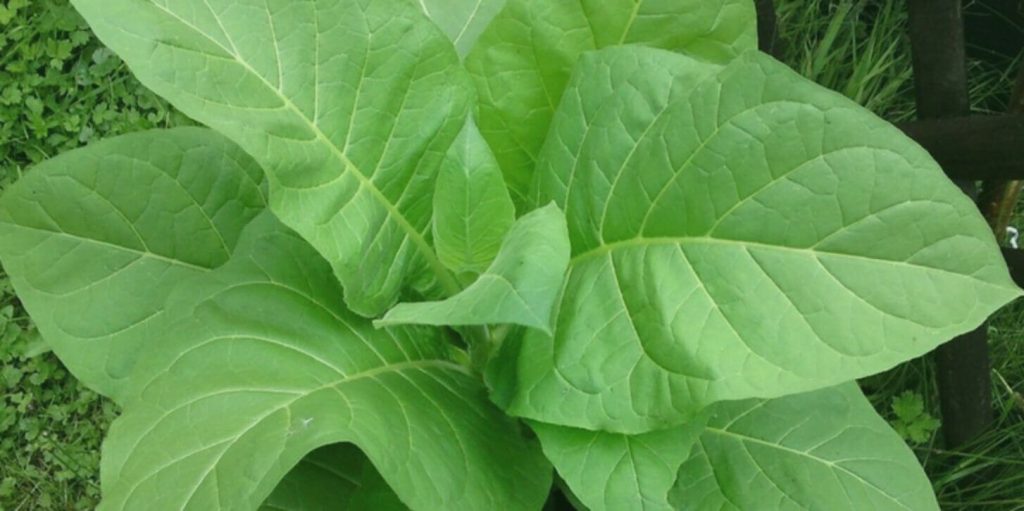
Prepare to be enchanted by the opulence and depth of organic Latakia tobacco, an exquisite variant cherished by seasoned pipe enthusiasts for centuries. Cultivated in the fertile lands of Syria and Cyprus, this exceptional tobacco undergoes meticulous harvesting and curing, resulting in a profound, smoky flavor that defies comparison.
Latakia tobacco, distinguished by its sun-dried and smoke-cured process, originates from Syria, taking its name from the illustrious port city of Latakia. However, due to complex sociopolitical circumstances within Syrian borders, significant production has permanently shifted to the serene shores of Cyprus, ensuring the continuation of this timeless tradition .
The rich tapestry of organic Latakia tobacco’s history and tradition is interwoven with the passage of countless centuries. Indigenous peoples of the region originally cultivated this tobacco for both ceremonial and medicinal purposes, captivating the hearts of pipe connoisseurs over time with its decadent flavor and velvety smoke.
Organic Latakia tobacco sets itself apart with a distinctive flavor profile that tantalizes the senses. Delving into its smoky essence reveals alluring notes of leather and spice, rendering it a sought-after component in pipe tobacco blends, infusing them with unparalleled complexity and allure.
Cultivating organic Latakia tobacco follows sustainable farming practices, prioritizing the well-being of the soil and the environment. With tender care, the plants flourish, producing the finest leaves that are meticulously hand-harvested. These leaves are then subjected to time-honored curing methods, allowing their inherent richness to flourish.
The advantages of selecting organic Latakia tobacco extend beyond its luxurious qualities. Grown without the use of harmful chemicals or pesticides, it safeguards both personal well-being and the environment. Moreover, organic farming practices foster soil preservation and provide vital support to local communities, nurturing a harmonious ecosystem.
The art of crafting organic Latakia tobacco blends is a generational masterpiece. Expert blenders deftly curate a symphony of diverse tobacco varieties, harmonizing them to accentuate the resplendent flavors of organic Latakia. The resulting blends span the spectrum from mild to full-bodied, catering to the discerning palate of each smoker.
Indulging in the captivating world of organic Latakia tobacco necessitates proper pipe preparation. Skillfully packing the bowl with the ideal amount of tobacco and achieving an even, steady light is paramount. Once the pipe is kindled, leisurely draws envelop the senses, allowing the luscious smoke to caress the palate with its opulent flavors.
The future of organic Latakia tobacco farming radiates with promise and potential. As the demand for organic products burgeons, an ever-increasing number of individuals recognize the allure of this unique tobacco, spurring sustainable farming practices and safeguarding this cherished heritage for generations to come.
Amidst the grand tapestry of global tobacco manufacturing, Latakia production remains a modest industry. Its annual yield, encompassing a mere 60,000 pounds, pales in comparison to the vast dominion of cigarette-focused tobacco production .
This singular variety bestows a lavish and captivating experience unparalleled by any other. Whether a seasoned connoisseur or an intrepid novice, organic Latakia tobacco promises a profoundly satisfying smoke.
FAQs:
- What makes Latakia tobacco unique? Latakia tobacco undergoes a sun-dried and smoke-cured process, granting it a distinctive character. It originates from Syria and is named after the port city of Latakia .
- Where is Latakia tobacco currently produced? Due to intricate sociopolitical circumstances within Syrian borders, significant production of Latakia tobacco has permanently relocated to the tranquil lands of Cyprus .
- How is Latakia tobacco cured? Latakia tobacco undergoes a process of moderate-temperature smoke curing, which contributes to its captivating complexity of aroma .
- What are the flavor characteristics of Latakia tobacco? Latakia tobacco, when ignited, emanates a captivating wood smoke aroma accompanied by subtle floral sweetness .
- Are there different types of Latakia tobacco? Syrian and Cyprian Latakia are the two primary types, although Syrian Latakia no longer exists .
- How much Latakia tobacco is produced annually? The annual yield of Latakia tobacco amounts to approximately 60,000 pounds .
- Is Latakia tobacco used in cigarettes? Certain avant-garde producers incorporate Latakia tobacco into both cigars and cigarettes .
- Which chemical components contribute to Latakia leaf’s distinctive aroma and flavor? The steam distillation and thin-layer and gas chromatography analysis of a phenolic extract derived from Latakia tobacco unveiled the presence of twenty monohydroxylic phenols, which contribute to its alluring sensory profile .
- What are the benefits of choosing organic Latakia tobacco? Opting for organic Latakia tobacco supports soil preservation and local communities, while safeguarding personal well-being .
- How does the production of organic Latakia tobacco impact the environment? Organic farming practices prioritize soil health and environmental well-being .
- How does the flavor of organic Latakia tobacco compare to other tobacco varieties? Organic Latakia tobacco delights the palate with a profound, smoky taste accentuated by notes of leather and spice .
- How does organic farming affect the quality of organic Latakia tobacco leaves? Diligent cultivation ensures the production of premium leaves with unrivaled quality .
- What impact does organic farming have on the local communities involved in growing organic Latakia tobacco? Organic farming practices contribute to the well-being of local communities, fostering a symbiotic relationship .
- Are there differences between Syrian and Cyprian Latakia? Yes, Syrian and Cyprian Latakia exhibit variations in taste and flavor due to distinct production methods .
- Is it possible to replicate Syrian Latakia using other tobacco varieties? Although it is conceivable to mimic Syrian Latakia’s qualities using Ismir and Basma leaf, certain cultivation and curing intricacies practiced by the original tobacco farmers have been lost .
Sources of information:
- Wikipedia: “Latakia (tobacco)” (https://en.wikipedia.org/wiki/Latakia_%28tobacco%29)
- ScienceDirect: “The constituents of certain tobacco types—I: Steam volatile phenols of Latakia” (https://www.sciencedirect.com/science/article/pii/S0031942200863256)
- Smokingpipes.com: “A Closer Look at Latakia” (https://www.smokingpipes.com/smokingpipesblog/single.cfm/post/closer-look-latakia-tobacco)